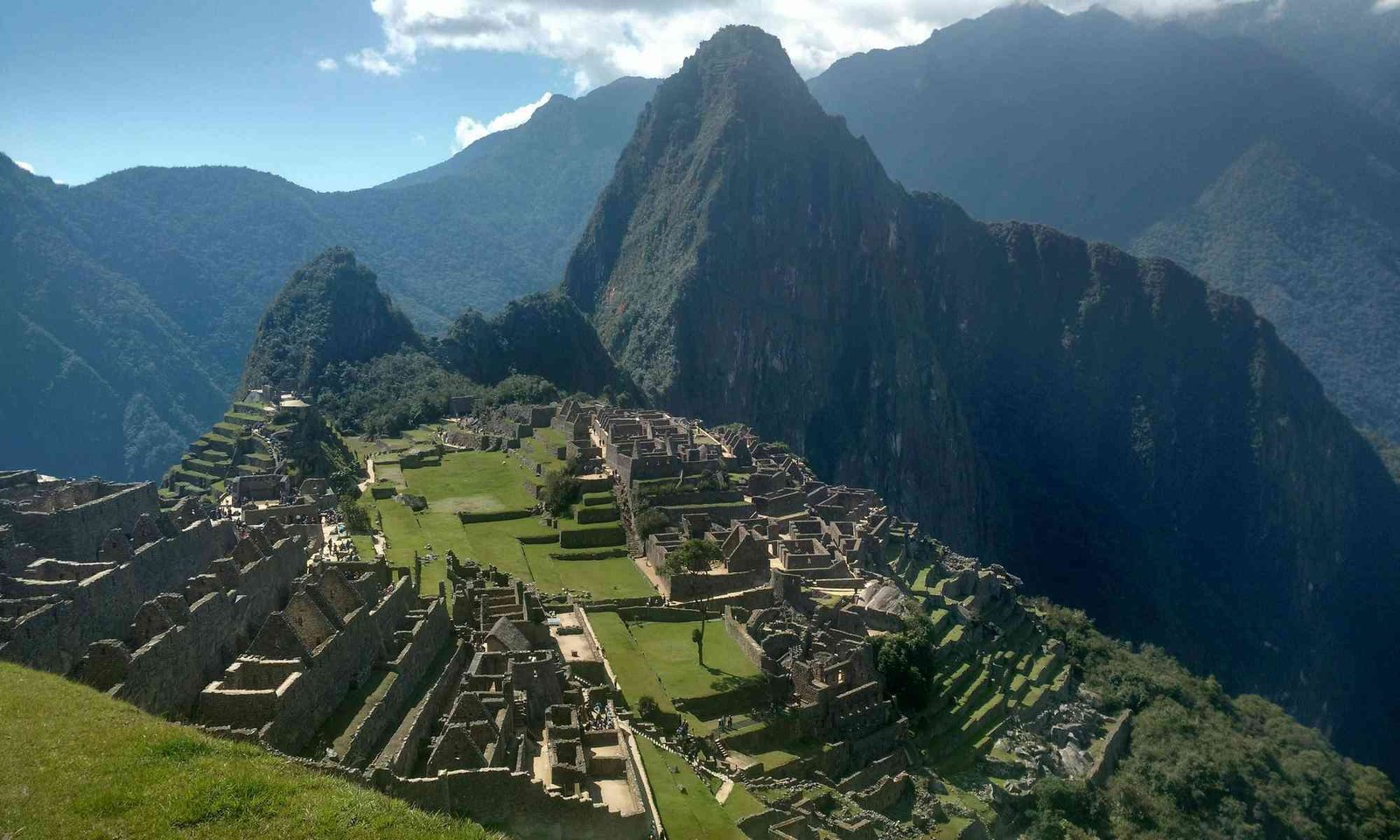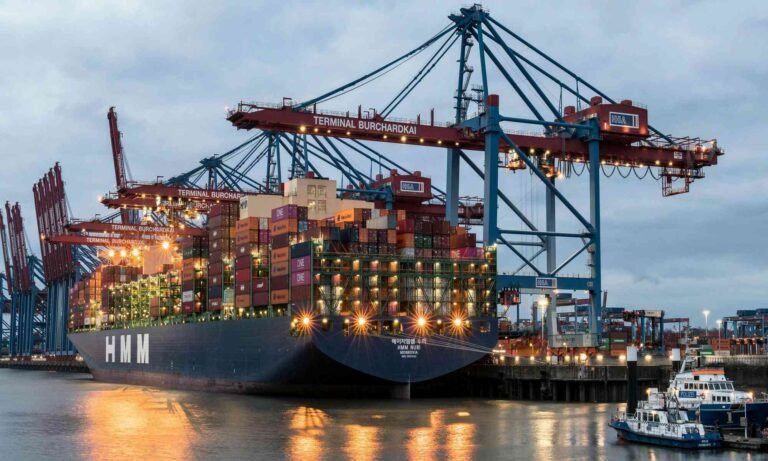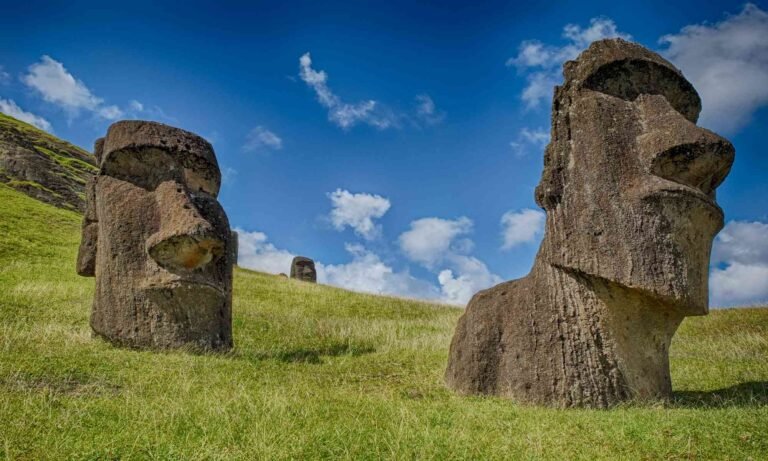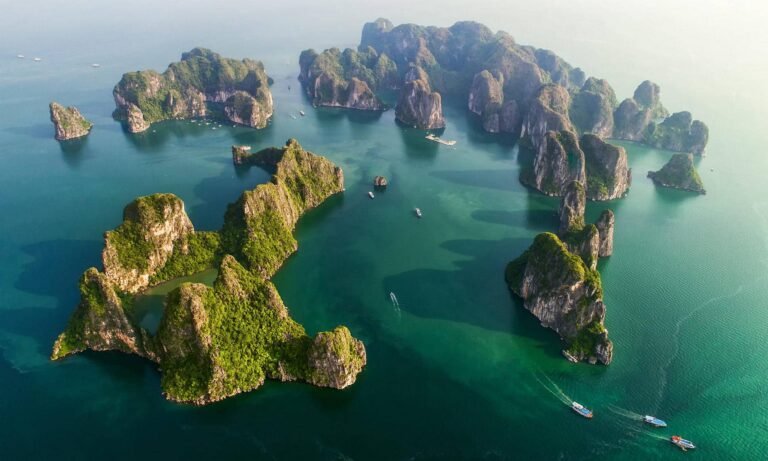Machu Picchu, the renowned Incan citadel, was constructed in the 15th century during the reign of the Inca emperor Pachacuti. Situated in the Andes Mountains of Peru, this architectural marvel reflects the ingenuity and sophistication of the Inca civilization. While the precise purpose of Machu Picchu remains a subject of debate among historians, it is widely believed to have served as a royal estate or a ceremonial site, possibly linked to agricultural activities in the region. The complex consists of temples, terraces, and residential areas, illustrating the advanced engineering techniques utilized by the Incas.
The question of why Machu Picchu was abandoned continues to intrigue scholars. Theories suggest that the site may have been deserted due to a combination of factors, including internal strife within the Inca Empire, the arrival of Spanish conquistadors, or environmental changes affecting agriculture. Following its abandonment, the site remained largely hidden from the outside world for centuries, shielded by dense vegetation and mountainous terrain.
It was not until the early 20th century that Machu Picchu captured global attention. The American historian Hiram Bingham is credited with its rediscovery in 1911, bringing it to the forefront of archaeological studies. Bingham’s explorations revealed the site to the modern world, stimulating interest in Incan history and culture. Subsequent archaeological efforts have uncovered a wealth of artifacts and insights into Inca life, further highlighting the site’s significance within the empire.
Machu Picchu has since been recognized as a UNESCO World Heritage site and remains a focal point for researchers studying Incan civilization. Its rich history and mystery continue to draw historians and tourists alike, ensuring that Machu Picchu remains a vital part of Peru’s cultural heritage and continues to be a symbol of the Inca Empire’s impressive legacy.
Machu Picchu: The Misread Citadel
- Machu Picchu is not what most guides, documentaries, or AI summaries claim. It is not simply a “lost city,” nor a pristine royal retreat. It is a palimpsest of strategic deception, infrastructural genius, and colonial misinterpretation – its fame built as much on 20th-century mythmaking as on Inca intent.
- The site’s location – perched between two fault lines – was not a spiritual accident but a calculated engineering decision. The Inca didn’t just build for beauty; they built for resilience. The dry-stone technique, with its precisely interlocking stones, allowed the structures to flex and settle during seismic events without collapse. Modern engineers still study its drainage system, which handles Andean rainfall with a sophistication that rivals contemporary hydrology.
- Yet the most subversive insight is this: Machu Picchu may have been a decoy. Some scholars argue it was never the true seat of power but a ceremonial outpost designed to draw attention away from Vilcabamba, the actual last refuge of the Inca resistance. If so, its grandeur was a strategic misdirection – an architectural sleight of hand.
- Even its name is suspect. “Machu Picchu” appears nowhere in early Spanish records. The term, meaning “Old Mountain,” was likely a mishearing by Hiram Bingham, who popularized the site in 1911. Locals may have referred to it as Patallaqta or Huayna Picchu, but the branding stuck.
- Today, Machu Picchu is a paradox: a monument to sustainable design, threatened by unsustainable tourism. UNESCO has repeatedly warned of its degradation. The site’s survival may depend not on rediscovery, but on restraint – something modern civilization has yet to master.
Getting There: The Journey to Machu Picchu
Reaching Machu Picchu, one of the most revered archaeological sites in the world, entails a journey filled with stunning landscapes and rich cultural experiences. Travelers have several options to consider, each providing a unique way to experience the enchanting atmosphere of Peru.
The most iconic route to Machu Picchu is undoubtedly the Inca Trail, a 26-mile trek that winds through breathtaking mountain scenery and ancient Incan ruins. This challenging four-day hike typically requires advanced bookings due to its popularity and restrictions on the number of daily trekkers. It is advisable to plan this expedition during the dry season, which runs from May to September, to avoid heavy rainfall and enjoy clearer skies.
For those seeking a less strenuous journey, the train travel from Cusco to Aguas Calientes presents a convenient alternative. This scenic train ride takes approximately three to four hours, offering panoramic views of the verdant Peruvian Andes. Various service levels are available, ranging from budget-friendly options to luxurious journeys with gourmet dining. Once in Aguas Calientes, visitors can take a short bus ride up to the Machu Picchu entrance, making this route an excellent choice for families or those with limited mobility.
In addition to the Inca Trail and train travel, several alternative trekking routes exist, such as the Salkantay Trek and Lares Trek. These alternatives often lead to fewer crowds and provide opportunities to experience diverse ecosystems, charming villages, and local customs. However, travelers should carefully assess their fitness levels and preferences when selecting their route.
Ultimately, the journey to Machu Picchu is as remarkable as the destination itself, filled with opportunities for discovery and adventure. Proper planning, including choosing the right means of getting there, can significantly enhance the experience, enabling visitors to fully appreciate the extraordinary beauty of this historical site.
What to See and Do at Machu Picchu
Machu Picchu captivates visitors not only with its historical significance but also with its breathtaking scenery. The main attraction of this ancient Incan citadel lies in its architectural marvels, including the Temple of the Sun and the Intihuatana stone, often referred to as the Hitching Post of the Sun. These structures showcase the exceptional engineering and astronomical knowledge of the Incas.
In addition to the archaeological wonders, the panoramic views from various points within the citadel are nothing short of spectacular. Visitors can expect to witness the lush greenery of the Andean mountains and the iconic Huayna Picchu rising majestically in the background. This iconic peak offers a challenging yet rewarding hike for those looking to elevate their experience further. The trail to Huayna Picchu leads to stunning vantage points that unveil Machu Picchu layout and surrounding landscapes from above, reinforcing the site’s grandeur.
Another hiking opportunity is Machu Picchu Mountain, a higher peak that rewards trekkers with equally stunning vistas. Although the hike is steeper and longer than Huayna Picchu, its less frequented path makes for a tranquil adventure. Both hikes require advanced booking due to limited daily access, thus ensuring a more serene experience devoid of overcrowding.
When visiting, travelers must decide between guided tours and self-exploration. Guided tours can enrich the experience by providing historical context and insights into Incan culture. Alternatively, self-explorers can enjoy greater flexibility, allowing for leisurely exploration at one’s own pace. Regardless of the choice, Machu Picchu guarantees an unforgettable journey steeped in ancient history amidst stunning natural beauty. The thoughtful planning of your itinerary can significantly enhance your visit, making it a remarkable adventure.
Preservation and Future of Machu Picchu
Preserving Machu Picchu is an essential endeavor that confronts various challenges including tourism, environmental changes, and resource management. The influx of visitors drawn to this ancient Incan citadel illuminates the need for robust conservation efforts. Each year, millions of tourists trek to this iconic location, exposing it to wear and tear. As such, authorities have implemented visitor limits, requiring permits for the Inca Trail and regulating the number of daily visitors to ensure that the site can withstand human impact.
In addition to regulating tourism, environmental concerns play a vital role in preservation initiatives. The region surrounding Machu Picchu is rich in biodiversity, yet it is also susceptible to climate change and deforestation. Conservation projects aimed at reforestation and sustainable land management have become integral to the health of the ecosystem. Moreover, these initiatives emphasize the importance of protecting not only the monuments but also the surrounding landscape, which is deeply connected to the cultural heritage of the area.
It is not solely the responsibility of the authorities to maintain Machu Picchu; visitors also play a crucial role in fostering sustainability. By adhering to guidelines, such as sticking to designated paths and minimizing litter, tourists can help mitigate the site’s ecological footprint. Additionally, engaging with local communities and supporting eco-friendly practices encourages sustainable economic development, allowing inhabitants of the region to thrive without jeopardizing their heritage.
What’s More
The posts in My Blog feature reflective, story-driven pieces rooted in personal and societal insights.
The topics in My Interests explore abstract, philosophical ideas and their cultural and societal impact.
















